We walked all around the museum before we found the entry doors. From the entry we could see large dinosaur skeletons and we had seen an indoor forest exhibit in our walk-about. The admission was $10 per person but as seniors, we got in free! We spent most of the day the exploring the museum. There were many interesting sections of the museum but one of the most interesting was the hall which dealt with the native Australians. Their culture was explained and the interaction with the Europeans described the impact on native people. The exhibit was well designed and was hosted by a virtual Aborigine. At each section he introduced the section and explained it significance to native people. The exhibit was excellent and explained in native terms the nature of the clash between cultures. It also highlighted the many injustices imposed on the Aborigines.
On our way back to the hotel, we walked a different route. All around us were construction cranes, evidence of a growing city. We happened by the public library which is located near the campus of the Technical and Arts University. The lawn was filled with groups of people. This was a gathering area for people of all ages. Clearly this was the place to be at 5:00 in the afternoon in Melbourne. We stopped at a nearby bar and had a nice dinner. Then it was back to the hotel for the evening.
We spent the morning of the second day at the Queen Victoria Market. This is a two city block market with everything from fish and vegetables to clothes and souvenirs. We browsed, talked to some merchants, enjoyed watching the crowd and bought a few souvenirs. We got several slices of pizza from one of the vendors and had lunch outdoors at a table on the sidewalk. In the afternoon we hopped on a streetcar that circles the city. It is free and you can hop on and off anywhere along the route.
Louise had picked out the Fitzroy Garden Park that she wanted to visit so we got off there and spent an hour or so walking among the giant trees. Each one was more splendid than the last. These were truly beautiful and amazing trees. One of the buildings in the park was Cooks Cottage, a part time residence of Captain Cook. Once back on the streetcar we rode past the Victoria Government and Treasury buildings, the waterfront and stadium before getting off to walk back to the hotel. We found a different bar and got dinner that night.
Dining in Melbourne has been a challenging experience. There are many merchants selling food but there are no restaurants like we are used to in the US. The bars come closest and so we dine there. In all these places you place your order at the counter and then it is handed over to you or delivered to your table. That is where the service ends. If you want something else, another beer for instance, you go to the bar and get it. The guide book says there is no tipping in Australia and I can see why, there is no service in Australia. It seems to be a self-service culture.
The hotel has internet, free in the lobby and you get 30 minutes every 24 hours! If you want wi-fi internet in your room, it is available for $24 per day! Keeping up with things may be more of a challenge in Australia than in New Zealand which is exactly the opposite of what I was anticipating.
- Read more...
- 0 comments
- 1249 views

